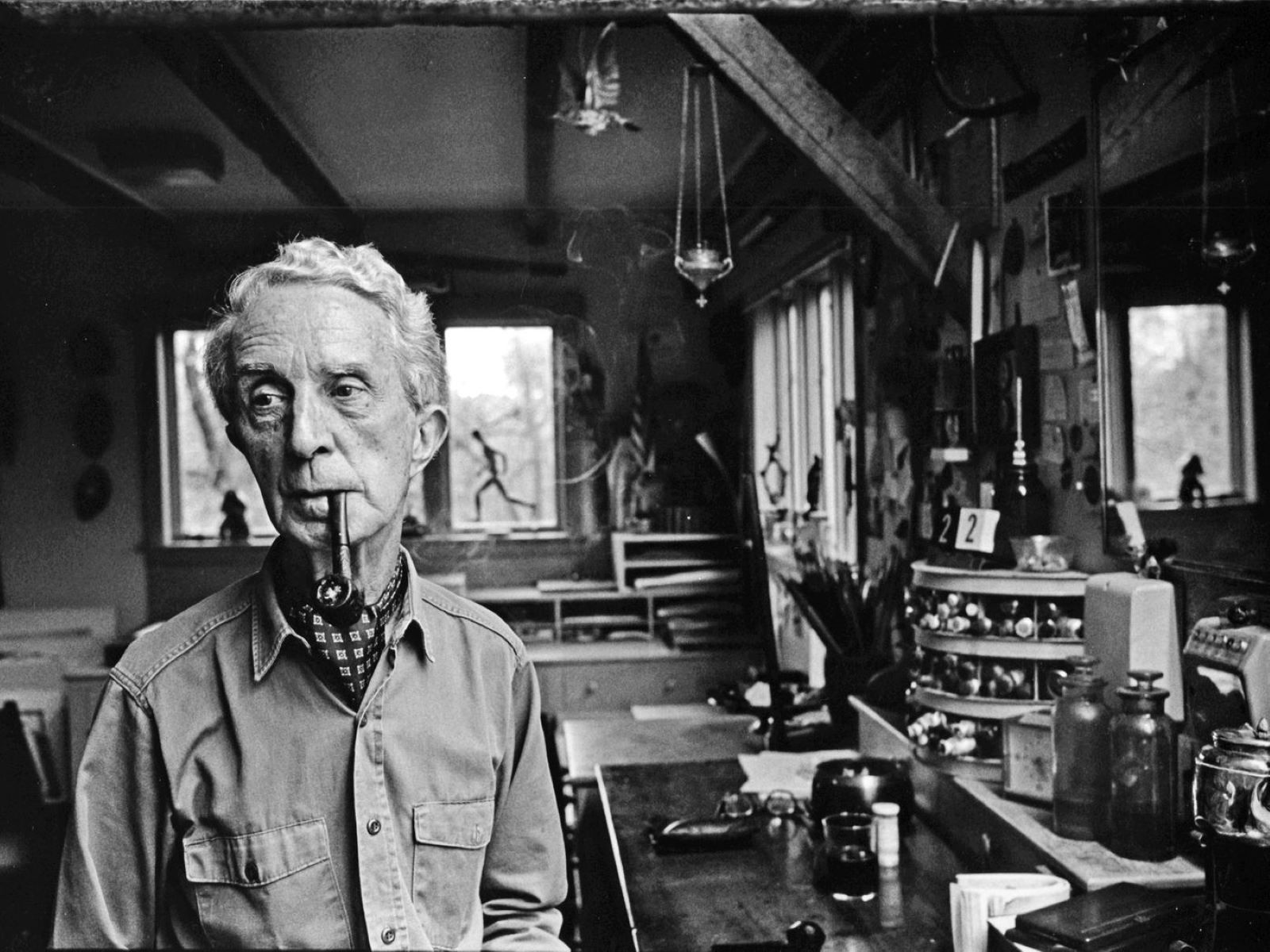
Norman Rockwell was an iconic American artist known for his captivating illustrations that captured the essence of everyday life in America. His work has become synonymous with nostalgia, representing a bygone era that still resonates with audiences today. Rockwell’s ability to depict ordinary moments with such detail and emotion made him a beloved figure in the art world and beyond. From his iconic magazine covers to his heartfelt depictions of American ideals, Rockwell’s work continues to inspire and captivate viewers of all ages. In this article, we will explore 17 fascinating facts about Norman Rockwell, shedding light on his life, career, and the enduring legacy he left behind.
Key Takeaways:
- Norman Rockwell’s iconic paintings captured the essence of American life, celebrating values like family, community, and patriotism, leaving a lasting impact on the art world.
- Rockwell’s ability to tell stories through his art, his portrayal of ordinary people, and his timeless appeal continue to inspire and resonate with audiences today.
Rockwell’s career spanned over six decades.
Norman Rockwell began his career as an illustrator in his teens and continued to create masterful artworks until his death in 1978.
His illustrations appeared on the cover of The Saturday Evening Post.
Rockwell’s most iconic works graced the covers of The Saturday Evening Post, a popular magazine that showcased his talent to millions of readers.
Rockwell’s works often depicted American ideals.
Through his paintings, Rockwell celebrated the values of family, community, and patriotism, creating a vision of America that resonated with many.
He was a master storyteller.
Each of Rockwell’s paintings tells a story, capturing a moment in time and inviting viewers to create narratives around the characters and settings.
Rockwell’s painting “Freedom of Speech” is one of his most famous.
This iconic piece shows a man standing up during a town meeting, asserting his right to speak freely, symbolizing the freedom of expression cherished in America.
He was a prolific artist.
Rockwell produced over 4,000 illustrations throughout his career, leaving behind a remarkable body of work that continues to captivate art enthusiasts.
Rockwell also worked as an illustrator for books.
In addition to magazine covers, Rockwell provided illustrations for books, including Mark Twain’s “Tom Sawyer” and Charles Dickens’ “Great Expectations.
He was honored with the Presidential Medal of Freedom.
In 1977, Rockwell was awarded the Presidential Medal of Freedom, the highest civilian award in the United States, for his contributions to American culture.
Rockwell’s work often portrayed ordinary people.
From children playing in the street to families gathered around the dinner table, Rockwell’s paintings celebrated the beauty found in everyday life.
He was deeply influenced by the works of the Old Masters.
Rockwell drew inspiration from renowned artists like Rembrandt and Michelangelo, employing their techniques in his own unique style.
Rockwell’s painting “Rosie the Riveter” became a cultural symbol.
This iconic painting, featuring a strong and determined woman working in a factory during World War II, came to represent the contributions of women to the war effort.
His work captured the spirit of the 20th century.
Through his art, Rockwell documented the changing times, reflecting the social, cultural, and political shifts that defined the 20th century.
Rockwell’s studio was meticulously recreated and is now a museum.
The Norman Rockwell Museum in Stockbridge, Massachusetts, features a meticulous recreation of his studio, allowing visitors to step into the artist’s world.
His illustrations portrayed the challenges of racial inequality.
Rockwell’s powerful illustrations often highlighted the struggles faced by African Americans, shedding light on the need for equality and justice.
Rockwell received the Gold Medal from the National Institute of Arts and Letters.
In recognition of his outstanding contributions to American art, Rockwell was awarded the prestigious Gold Medal from the National Institute of Arts and Letters.
Rockwell’s works continue to inspire and resonate with audiences today.
His ability to capture the human experience and evoke emotion through his art ensures that his paintings remain relevant and impactful to this day.
His paintings are highly sought after by collectors.
The timeless appeal of Rockwell’s art has led to a high demand among art collectors, with his original works commanding significant prices at auctions and galleries.
Norman Rockwell’s art continues to be celebrated for its ability to tell stories, evoke emotions, and reflect the timeless values of American life. His illustrations have left an indelible mark on the art world, and his legacy as one of America’s most beloved artists lives on.
Conclusion
In conclusion, Norman Rockwell was not just a talented artist but a cultural icon whose works continue to captivate audiences around the world. From his iconic Saturday Evening Post covers to his powerful civil rights paintings, Rockwell’s art transcends time and resonates with people of all ages. He was able to capture the essence of everyday life and convey powerful messages through his meticulous attention to detail and storytelling skills. Rockwell’s ability to highlight the beauty and complexities of human experiences, along with his unwavering dedication to his craft, has solidified his place as one of the most celebrated artists of the 20th century.
FAQs
1. What subjects did Norman Rockwell often depict in his paintings?
Norman Rockwell primarily depicted everyday American life in his paintings. He often showcased scenes of family, childhood, patriotism, and small-town moments. His works also touched upon social issues and political themes, delivering powerful messages through his art.
2. Did Norman Rockwell only paint for the Saturday Evening Post?
No, while Rockwell is famously known for his illustrations for the Saturday Evening Post, he also worked on numerous other projects throughout his career. He created illustrations for book covers, advertisements, and even painted murals for public buildings, leaving an indelible mark on various facets of American popular culture.
3. How did Rockwell’s art contribute to the civil rights movement?
Norman Rockwell played a significant role in raising awareness and promoting equality during the civil rights movement. His powerful paintings such as “The Problem We All Live With” depicted the struggle of African Americans during this time period. These works sparked conversations and shed light on the injustices faced by marginalized communities, fueling the push for change.
4. What is the significance of Norman Rockwell’s attention to detail?
Rockwell’s meticulous attention to detail allowed him to create highly realistic and immersive artworks. Each element in his paintings, whether it be facial expressions, background details, or lighting, contributed to the overall narrative and message. This level of detail added depth and resonance to his pieces, drawing viewers into the story he was telling.
5. How did Norman Rockwell’s art impact American society?
Rockwell’s art had a profound impact on American society, becoming embedded in the national consciousness. His heartfelt portrayals of everyday life created a sense of nostalgia and pride for the American experience. His artwork served as a mirror to society, reflecting both its virtues and shortcomings, and sparking conversations that continue to this day.
If you enjoyed learning about Norman Rockwell's captivating life and work, why not explore more fascinating facts about other notable figures? Discover the intricate world of botanical illustration, delve into Frank Sinatra's legacy as a cultural icon, or uncover the enigmatic influence of Alain Locke on American art. Each article offers a unique glimpse into the lives and contributions of these remarkable individuals, providing a wealth of knowledge and inspiration for art enthusiasts and curious minds alike.
Was this page helpful?
Our commitment to delivering trustworthy and engaging content is at the heart of what we do. Each fact on our site is contributed by real users like you, bringing a wealth of diverse insights and information. To ensure the highest standards of accuracy and reliability, our dedicated editors meticulously review each submission. This process guarantees that the facts we share are not only fascinating but also credible. Trust in our commitment to quality and authenticity as you explore and learn with us.


